Buying an engagement ring is a significant milestone, and with so many options available, the process can feel overwhelming. From choosing the right diamond to setting a budget, there are several factors to consider to ensure you find the perfect ring for your partner. Here’s a comprehensive guide to help you make an informed decision, including the pros and cons of important elements to consider before making a purchase.
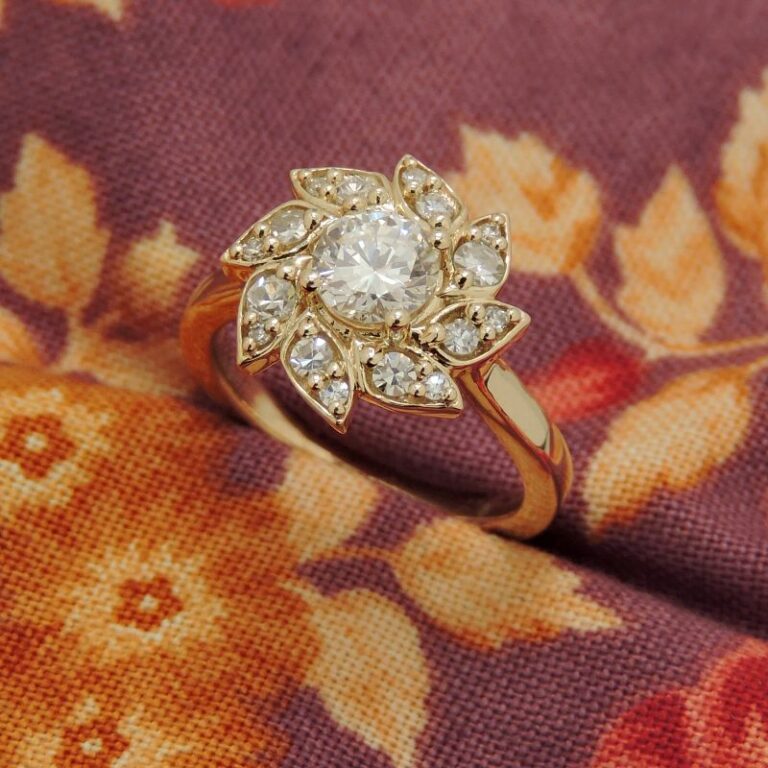
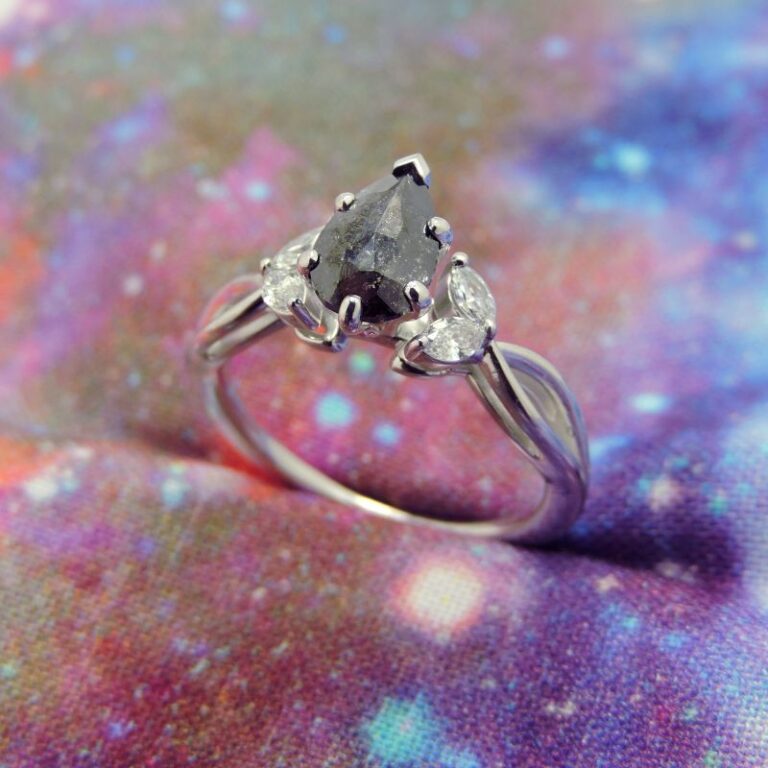
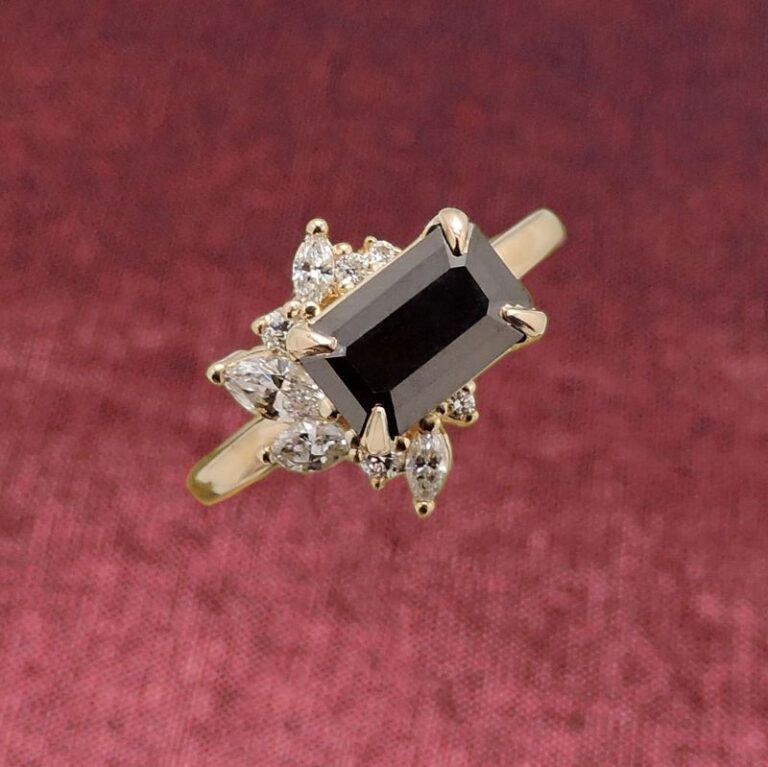
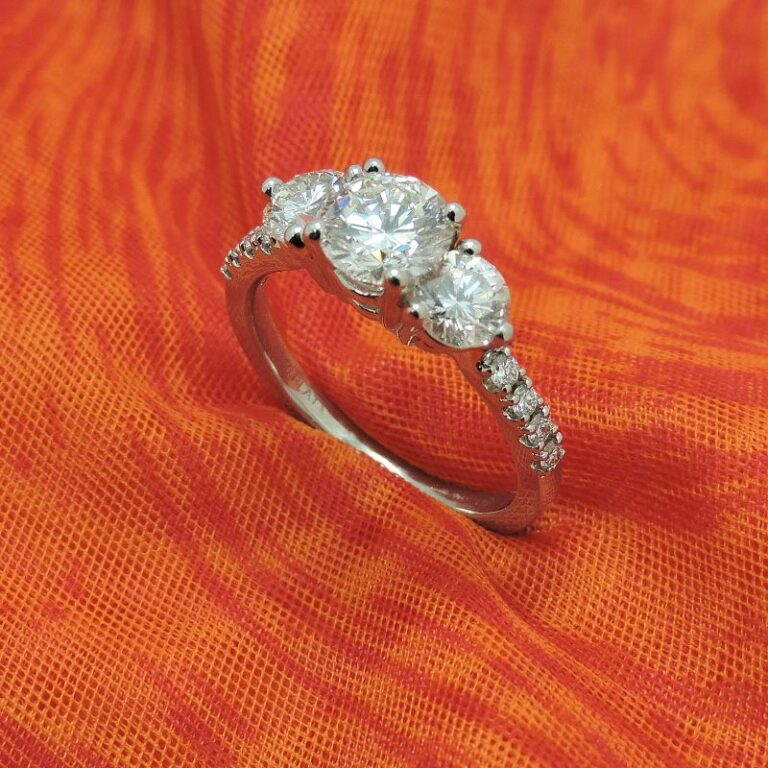
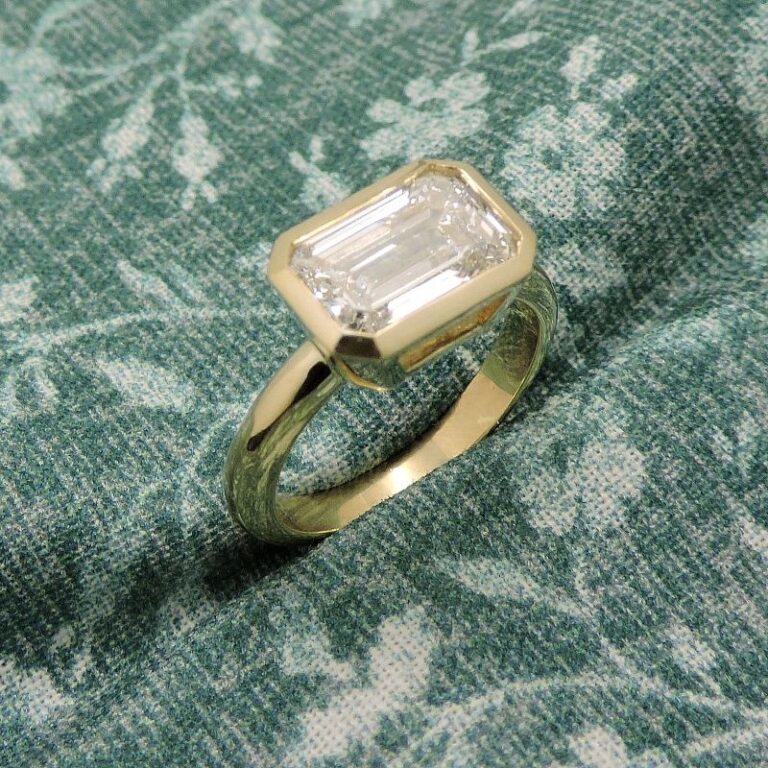
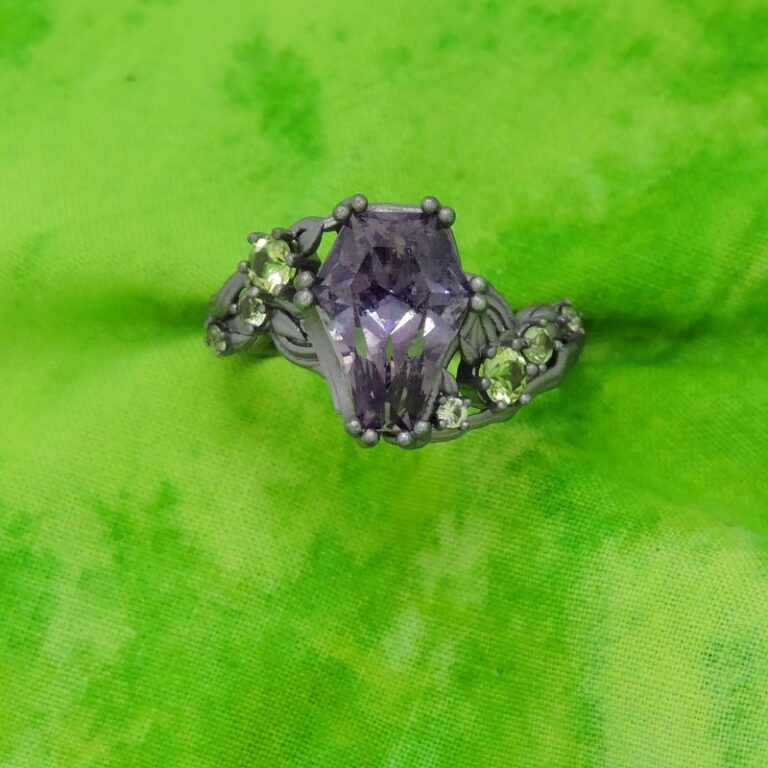
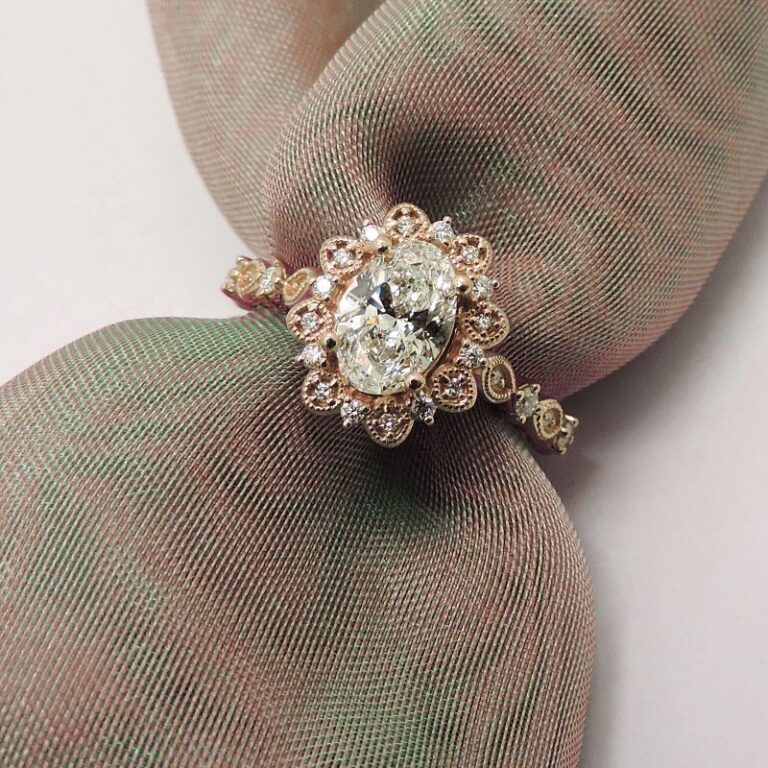
1. Setting a Budget
Why It’s Important:
An engagement ring is a meaningful investment, but it should not put you in financial distress. Establishing a budget beforehand helps narrow down your choices and ensures you don’t overspend.
Pros:
- Helps you manage finances effectively.
- Allows jewelers to present options within your price range.
- Ensures you don’t compromise on quality by making impulsive decisions.
Cons:
- Can be limiting if you’re unaware of financing options.
- External pressure may make you feel the need to spend more than necessary.
- Some jewelers may try to upsell, pushing you beyond your budget.
Tip: Prioritize factors that matter most to you—whether that’s diamond size, quality, or customization. Lab-grown diamonds or different types of metal can also help you stay within budget. Avoid financing if possible, because you can always upgrade your jewelry later.
2. Understanding the 4Cs of Diamonds
The 4Cs—Cut, Color, Clarity, and Carat Weight—determine the quality and value of a diamond. Understanding them will help you make an informed choice.
Cut (Sparkle, Brilliance, Scintillation)
A well-cut diamond reflects light beautifully, making it appear more brilliant.
Pros:
- Maximizes sparkle and visual appeal.
- Enhances the perceived size of the diamond.
- A well-cut diamond reflects light beautifully, making it appear more brilliant.
- Grades range from Excellent to Poor—always prioritize cut quality.
Cons:
- High-quality cuts can be more expensive.
- Poorly cut diamonds appear dull even with high clarity and carat weight.
Color (Whiteness or Tint of the Diamond)
Diamonds range from colorless to yellow or brown. Colorless diamonds are more valuable.
Pros:
- Colorless or near-colorless diamonds are timeless and elegant.
- Some colored diamonds (e.g., fancy pink, blue) can be unique and even more valuable.
Cons:
- Higher-grade color diamonds cost more.
- Lower-grade diamonds may have an undesired yellow tint.
- Too much emphasis on certain Cs (like carat size) can lead to sacrificing cut or clarity.
Clarity
Clarity measures internal flaws (inclusions) and external blemishes.
Pros:
- Higher clarity means fewer imperfections, enhancing appearance.
- Some inclusions are invisible to the naked eye, allowing budget flexibility.
Cons:
- Flawless diamonds are rare and expensive.
- Overpaying for a high-clarity grade may not always be necessary if you can’t see the difference with the naked eye..
Carat Weight
Carat weight affects the diamond’s size and price.
Pros:
- Larger diamonds make a bold statement.
- Lower carat weights with a great cut can appear bigger.
Cons:
- Price increases exponentially with carat weight.
- Heavier diamonds may sacrifice cut quality if not chosen wisely.
Tip: If your partner values sparkle over size, prioritize cut quality over carat weight.
3. Choosing a Metal for the Band
The ring’s band can impact durability, maintenance, and overall style.
Common Metal Choices:
- Platinum/Palladium:
- Extremely durable and hypoallergenic
- Naturally white, so it won’t fade or tarnish.
- More expensive than gold in finished jewelry because it contains more of the pure metal and fewer alloys.
- White Gold:
- Looks similar to platinum, but maintains a glossy-polish for longer periods.
- Requires periodic rhodium plating to maintain its bright-white color over time.
- Yellow Gold:
- Classic and warm but can show scratches easily.
- Compliments warm skin tones.
- Rose Gold:
- Romantic and vintage-inspired.
- More durable than white or yellow gold due to the copper content.
- Green Gold:
- Modern alloy with an organic green hue.
- Something that many jewelers don’t offer so it is more rare and individual.
- Sterling Silver:
- Cost effective, but low durability.
- Great for travel rings you’re not afraid to lose, but with daily wear it will need to be replaced completely very few years.
Pros & Cons of Metal Choices:
- Platinum is low-maintenance and durable but pricey.
- Gold is more affordable and stylish but may scratch over time.
- White gold mimics platinum but needs periodic maintenance.
- Silver is cost-effective, but will need to be replaced regularly when worn daily.
Tip: Consider your partner’s lifestyle—platinum is best for those who are active and want a durable ring, while rose or yellow gold is great for someone who loves vintage styles.
4. Ring Settings and Styles
The setting affects the ring’s aesthetics and security of the stone.
Popular Settings:
- Solitaire: Simple, classic, and timeless (perfect for maximizing diamond focus).
- Halo: A central stone surrounded by smaller diamonds for extra sparkle.
- Pavé: Small diamonds embedded along the band for a shimmering effect.
- Three-Stone: Symbolizes past, present, and future in a relationship.
- Bezel: A protective metal rim surrounds the stone, great for active lifestyles.
Pros & Cons of Settings:
- Solitaire is timeless but may appear too simple for some.
- Halo adds sparkle but requires more cleaning and maintenance over time.
- Bezel settings protect the stone but cover part of it.
Tip: Pay attention to your partner’s personal style—do they love vintage, modern, or minimalist jewelry?
5. Considering Alternative Gemstones
While diamonds are traditional, some prefer alternative gemstones like sapphires, emeralds, or moissanite.
Popular Alternatives:
- Moissanite: Sparkles like a diamond but is more affordable.
- Sapphires: Durable and available in various colors (not just blue).
- Emeralds: Beautiful green hue but require extra care.
- Morganite: Soft pink shade, romantic and trendy.
Pros:
- Unique and often more affordable than diamonds.
- Can be more ethically sourced.
- Some stones are more colorful and vibrant than diamonds.
Cons:
- Softer stones (e.g., emeralds) can scratch easily.
- Some gems require special care even for cleaning and daily wear..
- May require more maintenance than diamonds.
6. Ethical Considerations
Ethically sourced diamonds, such as lab-grown diamonds or conflict-free stones, are becoming more popular.
Options for Ethical Jewelry:
- Lab-Grown Diamonds – Chemically identical to natural diamonds but more sustainable.
- Recycled Gold & Vintage Rings – Eco-friendly and full of history.
- Fair Trade & Conflict-Free Diamonds – Ensure ethical mining practices.
Pros:
- More sustainable and environmentally friendly.
- Lab-grown diamonds offer high quality at a lower price.
- Supporting ethical mining practices benefits communities.
Cons:
- Traditional mined diamonds can still fund wartime efforts even when imported via the Kimberly process (meant to prevent the funding of hostile militias).
- Some jewelry styles (especially vintage designs) will require more maintenance over time..
7. Ring Sizing and Comfort
Ensuring the ring fits comfortably is crucial. A too-tight ring can be uncomfortable, while a loose ring risks being lost.
Pros:
- Proper sizing ensures long-term comfort.
- Many styles allow resizing if needed.
Cons:
- Intricate designs may be difficult to resize.
- Finger sizes fluctuate with seasonal temperatures, water-retention, and long-term weight changes.
Tip: Borrow a ring your partner wears on their ring finger or get a jeweler to measure their size discreetly.
8. Daily Wear & Tear Considerations
Consider how the ring will hold up to everyday life. If your partner has an active lifestyle, a durable setting (like bezel) and a strong metal (like platinum) are ideal. If you’re shopping with long-term maintenance in-mind, be mindful of rings with many pinpoint prongs or have metal hollowed out from the inside. Ask about warranties and be sure to shop for insurance on the item.
9. Personalization & Customization
Adding a personal touch makes the ring even more special.
Ways to Customize:
- Engraving
- Names or Initials: Add the initials of a loved one, a partner’s name, or your family members.
- Special Dates: Birthdays, anniversaries, or significant milestones in life.
- Meaningful Quotes or Words: A short phrase, mantra, or inside joke that holds special meaning.
- Symbolic Gemstones
- Birthstones: Use the birthstone of the wearer or their loved ones.
- Anniversary Gemstones: Each anniversary has a traditional gemstone associated with it.
- Favorite Colors: Select a gemstone in a meaningful color or favorite hue.
- Custom Design Elements
- Hidden Details: Add a secret engraving on the inside of the band or a small gemstone tucked away.
- Nature or Personal Motifs: Elements like flowers, waves, stars, or trees that symbolize personal connections.
- Fingerprint Engraving: A unique way to incorporate a loved one’s touch.
- Metal Choices & Mixing
- Heirloom Metal: Melt down an old family piece to incorporate sentimental value.
- Mixed Metals: Combine gold and platinum for a unique aesthetic with personal significance.
- Unique Band Shapes & Settings
- Custom Band Design: Infinity symbols, intertwining vines, or Celtic knots for deep meaning.
- Signature Stone Placement: Setting stones in a special pattern, like a constellation or initials.
- Incorporating Family History
- Reusing Family Gems: Resetting stones from inherited jewelry keeps sentimental connections alive.
- Cultural or Religious Symbols: Designs inspired by heritage or faith.
Buying an engagement ring is a deeply personal decision that requires careful thought and consideration. By understanding the key factors, weighing the pros and cons, and considering your partner’s preferences, you can confidently choose a ring that symbolizes your love and commitment.
Take your time, do your research, and enjoy the journey of selecting a ring that will last a lifetime.